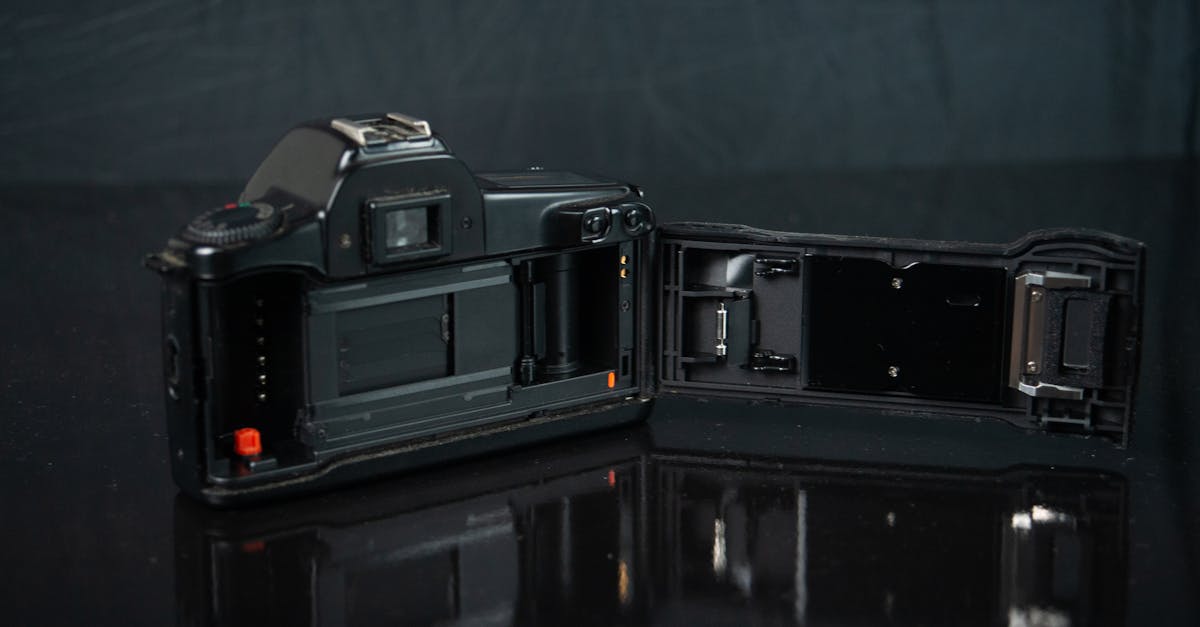
Table Of Contents
Common Issues Faced by Crawler Sewer Cameras and How to Address ThemImportance of High Resolution in Sewer Camera Inspections
Crawler sewer cameras are prone to encountering common issues during their operation, which can hinder the inspection process. One prevalent problem is lens fogging, often caused by sudden temperature changes or humidity. To address this, it is recommended to allow the camera to acclimatize before use and periodically clean the lens with a soft, lint-free cloth to prevent fogging and ensure clear image quality.
Another common issue faced by crawler sewer cameras is cable damage, which can occur due to rough handling or bending beyond the cable's capabilities. To mitigate this problem, operators should always handle the cables carefully, avoiding sharp bends or excessive pulling. Regularly inspecting the cables for any signs of wear and tear can help identify potential issues early on, allowing for timely repairs or replacements to prevent disruptions during inspections.
Troubleshooting Image Distortions and Pixelation
Image distortions and pixelation are common issues that can affect the quality of footage captured by crawler sewer cameras. When encountering these problems, there are several troubleshooting steps that operators can take to address them effectively. Firstly, check the camera lens for any dirt, debris, or smudges that may be causing the distortion. Cleaning the lens carefully with a soft, lint-free cloth can often resolve minor image quality issues.2024-06-18
In addition to cleaning the lens, it is also important to ensure that the camera's cable connections are secure and free from damage. Loose or faulty connections can contribute to pixelation and distortion in the footage. By inspecting the cables and connectors for any signs of wear or damage, operators can pinpoint potential causes of image quality problems and take the necessary steps to rectify them.
Importance of Battery Maintenance for Continuous Camera Operation
When it comes to ensuring continuous operation of crawler sewer cameras, one critical aspect that cannot be overlooked is the maintenance of the camera's battery. Batteries play a vital role in powering the camera system, enabling it to function effectively during inspections. Without a properly maintained battery, the camera's performance may be compromised, leading to disruptions in operation and potential delays in completing inspections. Therefore, monitoring and maintaining the battery of crawler sewer cameras is essential for seamless operation in the field.
or colliding with other objects. It is advisable to use straps or restraints to keep the equipment in place throughout the journey, providing an added layer of protection against potential accidents or sudden stops.Safety Benefits of Utilising HighResolution Cameras in Sewer Inspections
FAQS
How often should I monitor the battery levels of my crawler sewer camera?Minimising Risks of Undetected Damages
It is recommended to monitor the battery levels of your crawler sewer camera regularly, ideally before each use, to ensure uninterrupted operation.CostEffectiveness of HighResolution Sewer Camera Inspections
What are some common issues faced by crawler sewer cameras?
Furthermore, the detailed documentation of pipe conditions obtained through high-resolution sewer camera inspections creates a historical record for future reference. Property owners can track the condition of their sewer lines over time, monitorin g any changes or developments in the pipe system. This proactive approach to maintenance enables early detection of problems, helping to prevent costly repairs and ensuring the long-term functionality of the sewer infrastructure.